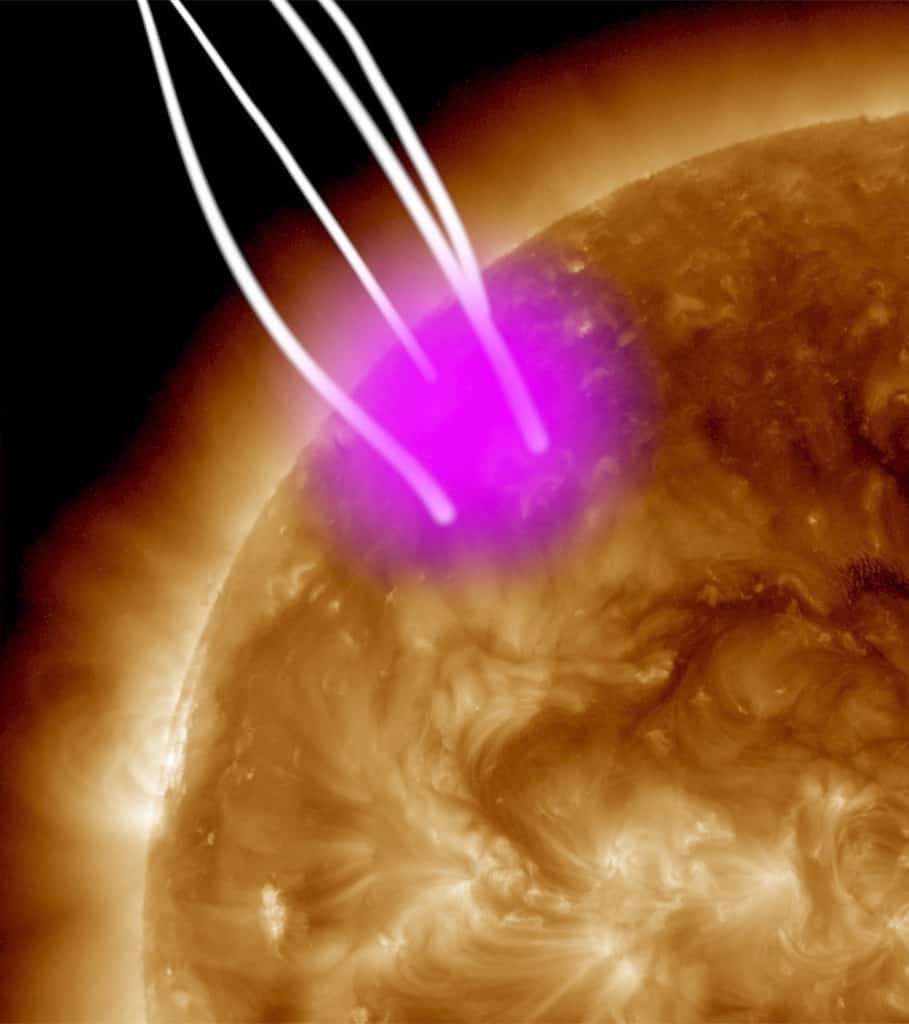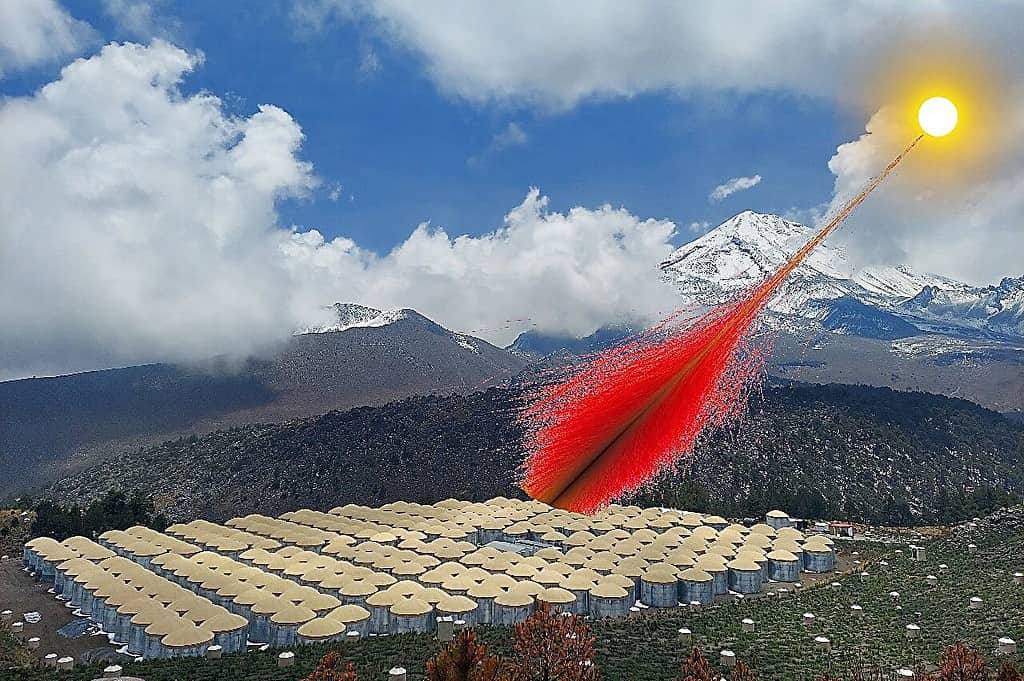
Astronomers often make headlines with news of water on other far-away planets or amazing deep-space observations — but that doesn’t mean that we’ve exhausted research opportunities in our solar backyard. Indeed, the sun continues to surprise us, despite centuries of research.
In a new study, researchers led by Mehr Un Nisa, a postdoctoral research associate at Michigan State University (MSU), have identified the highest-energy light ever detected emanating from the sun. This high-energy radiation, known as gamma rays, was found to be surprisingly vibrant, exceeding scientists’ earlier predictions. Furthermore, at the moment the gamma rays were generated, the Sun’s activity was quite calm.
Brighter than expected — even for the Sun
Cosmic rays are high-energy particles that travel through space at nearly the speed of light. They include protons, electrons, and atomic nuclei, originating from sources like exploding stars (supernovae) and active galactic nuclei. When these cosmic rays approach the Sun’s surface, they are immediately deflected by the solar magnetic field. Upon redirecting away from the surface, these particles interact with gases in the sun’s atmosphere, generating gamma rays.
Studying cosmic rays and gamma rays is essential for comprehending the most extreme phenomena in the universe, including the acceleration mechanisms in high-energy astrophysical sources and the interactions of particles with extreme cosmic environments. To this aim, scientists employ mathematical models in order to predict the count of emitted photons with specific energies. However, nature is often full of surprises, as this most recent study shows.
The research relied on data collected by the High-Altitude Water Cherenkov Observatory (HAWC). Unlike conventional observatories that primarily function during the night, HAWC operates around the clock. This continuous operation allowed researchers to collect data that wasn’t feasible a few years ago.
“Other ground-based telescopes couldn’t look at the sun because they only work at night. Ours operates 24/7,” said Nisa.

That’s because HWAC is not your typical run-off-the-mill tube-shaped telescope with lenses and mirrors. Instead, HAWC is comprised of a network of 300 large water tanks, each filled with approximately 200 metric tons of water. Positioned at an elevation of over 13,000 feet above sea level between two dormant volcano peaks in Mexico, HAWC has a strategic vantage point.
When cosmic rays or gamma rays enter Earth’s atmosphere, they collide with air molecules, producing a cascade of secondary particles. If these particles travel through the HAWC water tanks at speeds greater than the speed of light in water (the Cherenkov threshold), they emit faint flashes of blue light, known as Cherenkov radiation. Highly sensitive photomultiplier tubes inside the tanks capture and record these flashes, allowing scientists to reconstruct the energy, direction, and nature of the incoming particles.
HWAC had been online for six years when Nisa and colleagues noticed a remarkable excess of gamma rays in the solar observations. , “When we first saw it, we were like, ‘We definitely messed this up. The sun cannot be this bright at these energies,” Nisa recalled.
Typically, the sun emits visible light with an energy of about 1 electron volt. However, the gamma rays detected by the team had energies of a staggering 1 trillion electron volts (1 TeV). This marks the first time that scientists have detected gamma rays from the sun in order of TeV.
Opening new avenues for solar research
The flux of these rays surpasses the researchers’ predictions, indicating an unexpectedly efficient process of generating gamma rays through interactions between cosmic rays and the solar atmosphere. Furthermore, the intensity of TeV gamma rays exhibits an inverse correlation with solar activity levels, suggesting a connection between the Sun’s magnetic field and the flux of these rays—a crucial insight for future modeling endeavors.
As such, these high-energy gamma rays from the sun pose new questions for scientists. There is still much we don’t know about the sun.
“This shows that HAWC is adding to our knowledge of our galaxy at the highest energies, and it’s opening up questions about our very own sun,” Nisa said. “It’s making us see things in a different light. Literally.”
The findings appeared in the journal Physical Review Letters.









